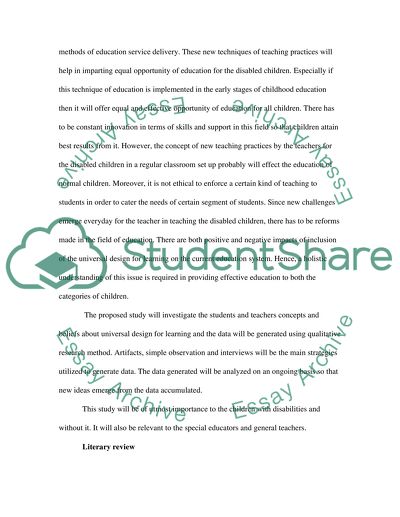Cite this document
(“Universal Design for Learning As It Applies to Early Childhood Special Essay”, n.d.)
Universal Design for Learning As It Applies to Early Childhood Special Essay. Retrieved from https://studentshare.org/education/1519921-universal-design-for-learning-as-it-applies-to-early-childhood-special-education
Universal Design for Learning As It Applies to Early Childhood Special Essay. Retrieved from https://studentshare.org/education/1519921-universal-design-for-learning-as-it-applies-to-early-childhood-special-education
(Universal Design for Learning As It Applies to Early Childhood Special Essay)
Universal Design for Learning As It Applies to Early Childhood Special Essay. https://studentshare.org/education/1519921-universal-design-for-learning-as-it-applies-to-early-childhood-special-education.
Universal Design for Learning As It Applies to Early Childhood Special Essay. https://studentshare.org/education/1519921-universal-design-for-learning-as-it-applies-to-early-childhood-special-education.
“Universal Design for Learning As It Applies to Early Childhood Special Essay”, n.d. https://studentshare.org/education/1519921-universal-design-for-learning-as-it-applies-to-early-childhood-special-education.


